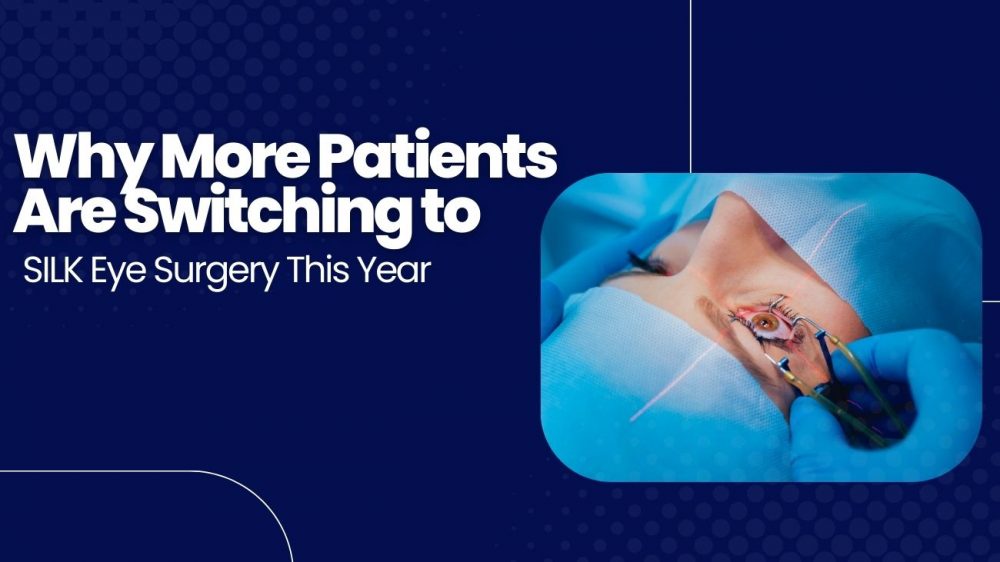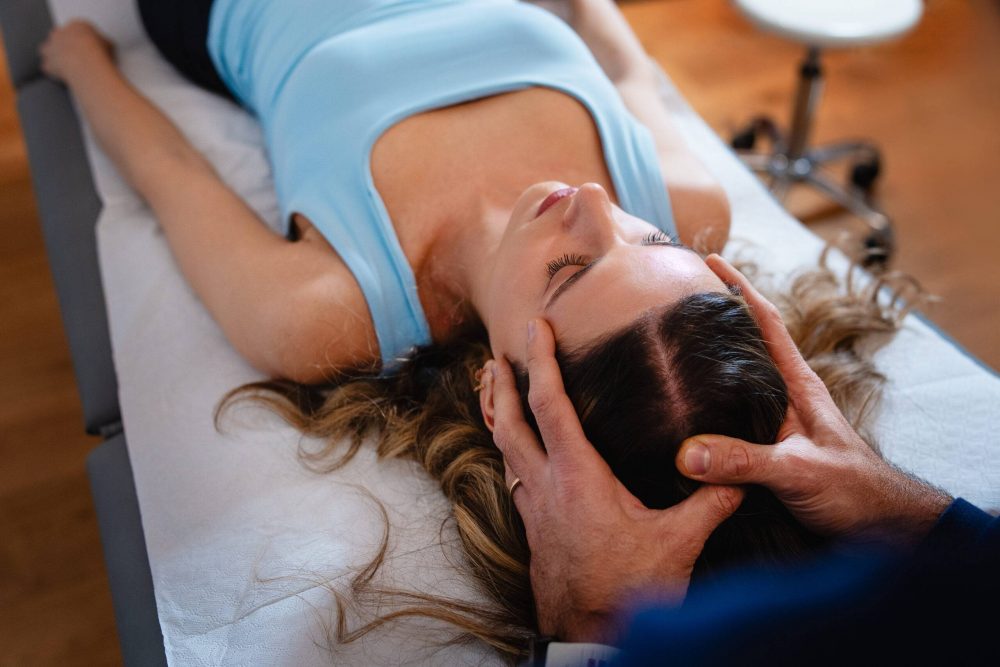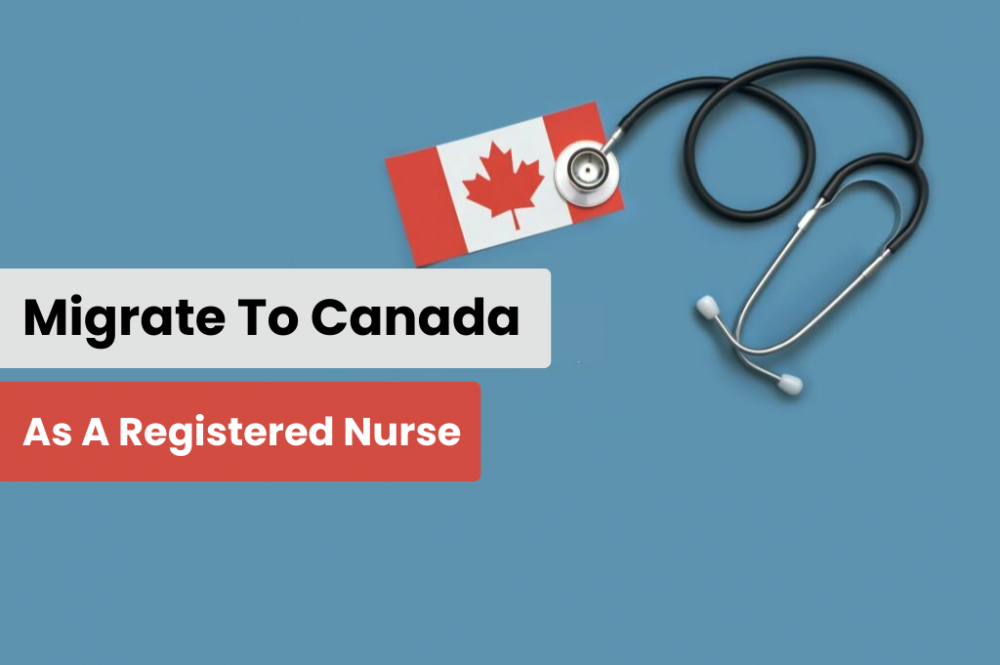
Introduction
The Achilles tendon is the largest tendon in the human body and it connects the leg muscles to the heel. It is very important for the movement, especially walking, running, and jumping. But on the other hand, it suffers injuries most frequently when it comes to athletes, weekend sports players, and active people alike.
Essentially, if you have suffered a torn Achilles tendon, you must contend with one of the most significant concerns related to Achilles tendon recovery time. It is thus essential to understand the expected recovery time for a torn Achilles so that you can mentally and physically prepare for rehabilitation. The timeline for recovery varies from the severity of the injury, through the method of treatment, to age, general health, and physical therapy adherence. By knowing the healing process, the patients are in a position to take the necessary proactive measures that would lead to a successful recovery.
What is a Torn Achilles?
A torn or ruptured Achilles tendon is an injury that requires the tendon fibers to be either partially or completely torn. It commonly results from sudden stress, overuse, or trauma. The main symptoms of this condition are severe pain at the heel, swelling, bruising, walking difficulties, and in some cases, a popping sound heard during the injury.
The Achilles tendon has a poor blood supply, which can impede the healing process. Recovery mainly comprises rest, immobilization, physical therapy, and sometimes surgery. The early identification of the injury secures proper treatment and significantly lessens the risk of complications. Early diagnosis gynecologist can drastically affect the torn Achilles recovery time, thus making it imperative to get medical attention without delay.
Common Causes of Achilles Tendon Ruptures
Achilles tendon ruptures come about from different reasons. Among the most common ones are:
1. Sudden Acceleration or Jumping: Different sports activities, which involve running, jumping, or changing directions on the shot, place a great deal of pressure on the Achilles tendon.
2. Aging and Degeneration: The older you are the less strong, and thus the more prone to rupture, your tendon fibers will be.
3. Previous Tendon Injuries: Tendinopathy or a long-lasting inflammatory process can render the tendon less resistant to tears.
4. Improper Footwear: Wearing supportive shoes is always a good idea, especially when engaged in sports, as otherwise, the foot could endure excessive strain, and hence, the Achilles tendon too.
5. Steroid Use: Injected corticosteroids taken over a long period may lead to the softening of tendon fibers.
The knowledge of these risk factors, in addition to being protective, serves as the foundation for torn Achilles recovery time. Those patients who are aware of these risk factors can opt for the conservative measures at first place to keep the affected tendon safe during sports or other physical activities.
Signs and Symptoms of a Torn Achilles
It is important to make early recognition of a torn Achilles tendon for fast treatment:
- Suddenly, sharp pain was felt in the rear part of the ankle
- Heel area swelling or bruising
- Hardship in walking or standing on the balls of the toes
- An audible popping or snapping noise at the time of injury
- Reduced strength in the leg that is affected
Through early detection, timely treatment can be given, which in turn can greatly reduce the recovery time from a torn Achilles and improve the results. On the other hand, if the symptoms are not attended to or if treatment is postponed, one may suffer from chronic pain, limited mobility, or re-rupture, which are some of the long-term complications caused by neglect or delay.
Diagnosis and Medical Evaluation
Accurate medical evaluation ensures accurate diagnosis and treatment planning. Clinicians are able to perform:
- Physical Exam: Tendon gap, swelling, and strength testing
- Thompson Test: Calf muscle compression to test if the foot slides
- Imaging Tests: Ultrasound or MRI to assess the severity of the tear
Accurate diagnosis determines the path of treatment, surgery or not, and impacts torn Achilles healing time directly. Early diagnosis and treatment optimize healing and reduce the likelihood of long-term functional impairment.
Factors Affecting Torn Achilles Recovery Time
Recovery is different for each person. Chief among considerations are:
- Severity of the Tear: Partial tears heal faster than a full rupture.
- Treatment Method: Involuntary surgery may add a little more to the recovery time compared to non-surgical treatment.
- Age and Overall Health: Younger and healthier patients recover faster.
- Physical Therapy Compliance: Compliance with a formalized rehabilitation program improves recovery.
- Lifestyle and Activity Level: Competitive athletes may require extended recovery time to achieve maximum performance.
Understanding these factors helps patients set realistic expectations and plan rehabilitation effectively, ensuring a smoother recovery process.
Typical Recovery Timeline for a Torn Achilles
Here’s a general recovery time guide for a ruptured Achilles:
- Weeks 1–2: RICE and immobilization in a boot or cast. Crutches are usually necessary.
- Weeks 2–6: Gradually begin putting weight on it, usually with exercises from a physical therapist to maintain joint movement.
- Weeks 6–12: Include strengthening exercises. Walking is fine, but high-impact activity is restricted.
- Months 3–6: Most individuals reach near-normal walking and capability for daily use
- 6–12 Months: Full recovery for high-intensity sports and intense exercise might take 12 months.
Recovery is very variable, but strict adherence to doctors’ and physical therapy advice governs torn Achilles recovery time significantly.
Surgical vs. Non-Surgical Recovery
Non-Surgical Treatment:
- Involves immobilization with a cast or boot
- Typically, 4–8 weeks of limited weight-bearing
- Slightly higher risk of re-rupture
- Avoids surgery-related risks
Surgical Treatment:
- Tendon is stitched back together
- May allow earlier mobilization
- Lower re-rupture risk but includes surgical risks
- Recovery may be faster for some patients
Your doctor will recommend the best approach based on your injury, age, and activity level, which directly affects torn Achilles recovery time.
Physical Therapy and Rehabilitation
Physical therapy is a cornerstone of Achilles tendon recovery:
- Range of Motion Exercises: Prevent stiffness and maintain flexibility.
- Strengthening Exercises: Restore calf muscle strength and tendon integrity.
- Balance Training: Helps prevent future injuries.
- Gradual Return to Activity: Ensures safe progression back to sports or daily tasks.
Compliance with rehab exercises reduces overall torn Achilles recovery time and minimizes the risk of re-injury.
Nutrition and Lifestyle for Faster Recovery
Proper nutrition and lifestyle choices support tendon healing:
- Protein: Promotes tissue repair and muscle recovery
- Vitamins C & D: Essential for collagen synthesis and bone health
- Hydration: Supports overall healing
- Avoid Smoking: Smoking impairs blood flow and slows recovery
Healthy habits accelerate torn Achilles recovery time and improve long-term outcomes.
Preventing Future Achilles Injuries
- Stretching: Regular calf stretches reduce tendon strain
- Strength Training: Strengthen calf and foot muscles
- Proper Footwear: Supportive shoes prevent excessive stress
- Gradual Activity: Avoid sudden intense exercise
Prevention strategies complement treatment and help maintain tendon health after recovery.
FAQs About Torn Achilles Recovery Time
Q1: How soon can I walk normally?
A1: Many patients can walk with support within 6–12 weeks.
Q2: Can I return to sports?
A2: High-impact activities may be safe after 6–12 months, based on rehab progress.
Q3: Is physical therapy necessary?
A3: Yes, PT restores strength, flexibility, and mobility, reducing re-injury risk.
Q4: What if I skip rehab?
A4: Skipping rehab can lead to stiffness, weakness, and prolonged recovery.
Q5: Does age affect recovery?
A5: Older adults may experience slower healing, but adherence to therapy improves outcomes.
Conclusion – Managing Expectations for Torn Achilles Recovery
Healing a torn Achilles requires patience, commitment, and sound medical counsel. Having knowledge of the torn Achilles recovery time helps establish realistic expectations and enables patients to remain enthusiastic throughout the healing process.
Whether you undergo surgery or receive non-surgical treatment, following your doctor’s advice, taking an active role in physical therapy, staying healthy, and exercising preventative care are all crucial in order to recover strength and movement, and return safely to your normal activities or sports.







